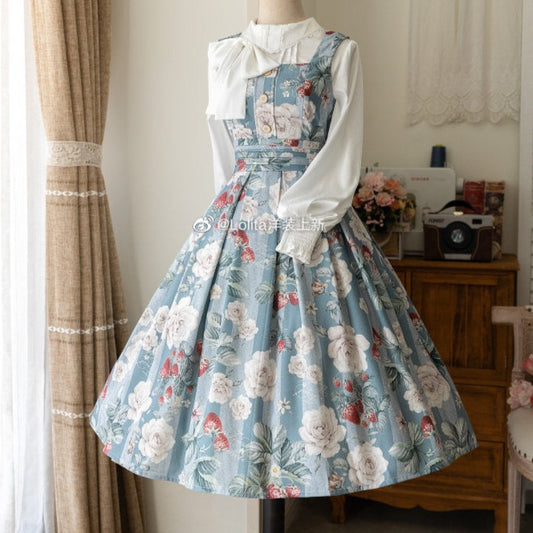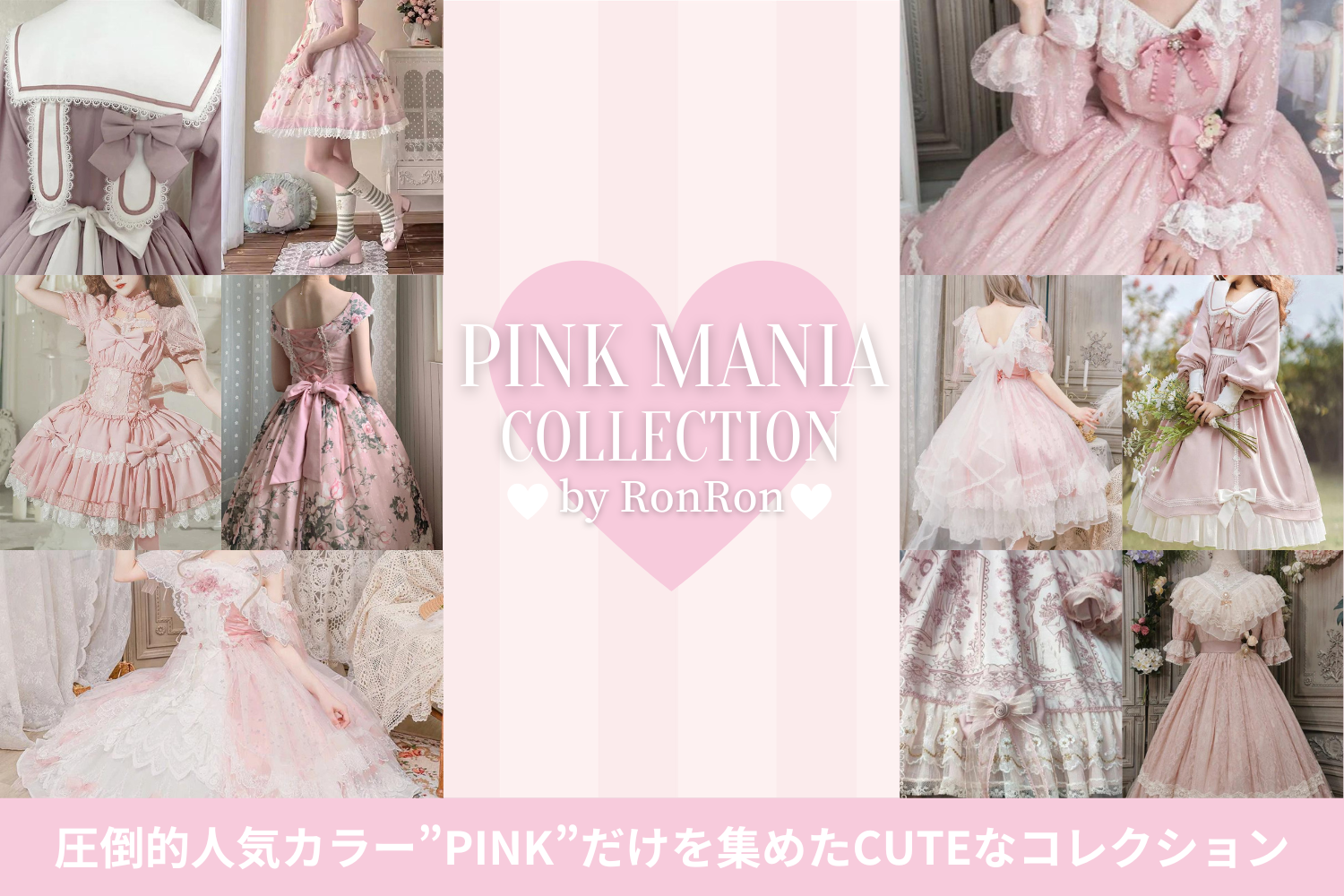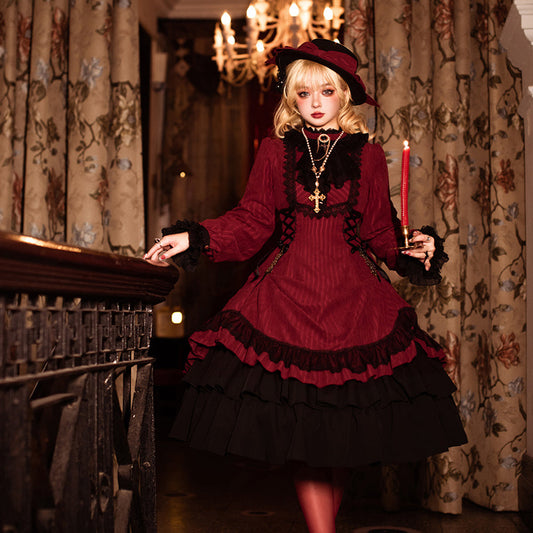Watch Alice's transformation

The "Alice in Wonderland" exhibition is being held at the Matsuzakaya Museum of Art in Sakae, Nagoya until Saturday, September 21st. This is a traveling exhibition planned by Macmillan in the UK to commemorate the 160th anniversary of the publication of "Alice in Wonderland". Many people have probably seen it.
This blog is also about what I thought and researched after watching the exhibition. It also contains quite a bit of cultural information, so I hope you will read it without skipping over it.
There are over 250 original drawings lined up in the venue , but since they are just illustrations, many of them are small. It can be tiring to look at them all carefully, so be sure to take breaks as you walk around.
The project involves comparing the works of four illustrators who have illustrated Alice's story, and enjoying the changes in Alice and her characters, such as which parts are faithful to the original drawings and which parts are different.
Alice is a deep world. Well, maybe you know more about it than I do, but the more you dig, the more interesting it gets.
Thinking that I would have enjoyed it more if I understood English, I also read translations of Akutagawa Ryunosuke and Kikuchi Kan.
There are many cute goods available, so be sure to check out the sales floor.
Lewis Carroll and Alice characters
Well, after walking around the venue several times, I began to like the dodo.
The dodo is a real bird that became extinct due to overhunting. In the illustrations in the story, there are human hands on its wings, which makes it look very human-like, don't you think?

(A dodo drawn by John MacFarlane, one of the four illustrators. The presence or absence of other animals varies depending on the artist. As it is shown through a glass case, I am slightly reflected in it. Sorry.)
This bird is a character that Lewis Carroll created to represent himself in "Alice in Wonderland." The name is pronounced similarly to his real name (Charles Ludwigge Dodson ).
Like the Dodo, the old White Knight in "Through the Looking Glass" is also said to be Lewis Carroll.

( Harry Seeker coloring )
This knight likes to invent things. Lewis Carroll was also good at inventing things.
Now, table games are a key feature of both Alice stories.
In "Alice in Wonderland," playing cards appear in the second half of the story, and in "Through the Looking Glass," the entire story is expressed through the movement of chess pieces.
Alice starts with a pawn, the weakest chess piece. In Japanese shogi, it is called a pawn.
When that pawn reaches the deepest part of the enemy camp, it becomes a "queen" and transforms into the most powerful piece. In shogi, the rule is that a "pawn" becomes a "gold".
"Through the Looking Glass" seems to depict Alice's growth as she faces difficulties. The final scene where Alice becomes the Queen and is with the frog looks very mature.
At the time of writing, Lewis Carroll and Alice Liddell (the girl who was the model for Alice) had been rejected by their mothers and were unable to meet at all.
Therefore, I feel that the story was based on the memories of the fun he had playing chess with Alice and the others, and reflects his "wish" for things to be a certain way.
The reason they were no longer able to meet was that there was a rumor that Lewis Carroll had proposed to Alice Liddell, who was 11 years old at the time, but was rejected by her mother, but what is the truth of the matter? (Izumi Yasui, ed., Lewis Carroll Handbook, Nanatsumori Shokan, 2013, p. 24, bottom)
The scene where he compares himself to an old knight and saves Alice is from Lewis' heart... Is he a prince on a white horse? Am I overthinking it?
Four illustrators who drew Alice
We would like to introduce four illustrators whose works can be seen at the "Alice in Wonderland" exhibition being held at the Matsuzakaya Museum of Art .
First, there is Sir John Tenniel . He was an illustrator born in London in 1820 and died in 1914. As you can probably tell from the "Sir" in his name, he was knighted by Queen Victoria.
The 19th century Victorian era in Britain is said to be the era of illustrators.
As the Industrial Revolution led to industrialization, printing technology improved, and the demand for illustrations in magazines and books increased, including in children's literature.
Also, Britain is a class-based society: upper class, middle class, and working class.
This major social upheaval also brought about changes in the class structure, with the middle class growing dramatically.
Meanwhile, the way parents looked at their children at home also began to change.
Before that, in families, there was a strong sense that the father came first above all else...even to the children.
When it comes to the clothes that children wore, the upper class wore smaller version of adult dresses and wore corsets, while the working class wore smaller sizes of adult clothes.
However, during the later Victorian period, the idea of children's own clothing became more widespread.
In particular, the main readership of "Alice in Wonderland" was made up of middle-class families, and this is said to be reflected in Alice's clothing.
Because of their focus on children, imitations of Alice's clothes and those that appear in other children's literature sold well, similar to what we now call character clothing.
However, there is one thing that I am curious about. What did Lewis Carroll draw Alice as in "Alice's Adventures Under Ground"?
Lewis' Alice is rather simply dressed, and she's not even wearing an apron. Is she cute? Of course, that could also be down to her poor drawing skills.
It's a bit like a religious thing.
Personally, I think the word innocence fits perfectly.
I think this discussion is important, but it would take too long, so I'll save it for next time.

(Illustrated by Lewis Carroll. He is ordered by the Queen of Cards to play croquet. He participates in the sport that became the basis of gateball. It's nonsense that the flamingo is the ball and the hedgehog is the ball.)
The clothes that Alice wears as seen by the world were inspired by illustrations by Sir John Tenniel .
The dress is slightly puffy in keeping with the fashion of the time (though not too puffy, as per Lewis' wishes), has an apron, and the hair appears slightly wavy (see below).

Lewis's portrayal of Alice seems like a wish for her to be exactly how she wanted her to be.
That being said, it is said that Tenniel was not given particularly strict illustration requests.
It is clear that "Alice in Wonderland" is a collaborative work of children's literature, with Lewis Carroll arranging the story and John Tenniel stimulating the imagination with his illustrations and creating the imagery.
Although they stimulated the imagination, the first published books contained only words and line drawings.
It sold well and led to the publication of a sequel, Through the Looking Glass, in 1870 .
The first time the illustrations were colored was in "Alice in the Nursery," published in 1890 , 20 years after "Through the Looking-Glass," in order to make the book accessible to more children.
John Tenniel redrawn and colored the illustrations. Notice the difference from the previous line drawing? Her dress is now yellow and she has a large blue bow on her head.

The next edition, published after Lewis Carroll's death, was a smaller version called the Little Folks Edition. In the 1907 edition, Alice wears a red dress and yellow stockings.
Many of these were on display in the original drawings.
・Finally, the second person. Harry Seeker .
He was a painter and designer born in Staffordshire (mid-west England) in 1873 and died in 1954 .
This story about him is surprising! We only found out he was involved in "Alice in Wonderland" in 1986. It was only by chance after he passed away.
He was in charge of coloring the illustrations for the Alice books published in 1911 , instead of John Tenniel. What a coincidence that he was found out 75 years after the books were published.
At that time, Alice wore a light blue dress and blue striped stockings. This image of Alice has become the image of Alice to this day.

(1911 "Through the Looking Glass")
・Next is the third person.
John MacFarlane , born 1857 .
He was responsible for eight color illustrations in the 1921 edition of Alice, and 34 in the 1927 edition.
This John MacFarlane work is characterized by the fact that it was drawn and colored by the artist himself, using illustrations by John Tenniel as reference. The facial expressions are different, and there are also small changes in the colors of the clothes, aprons, stockings, and other details.

(The lines and colors are very strong. The drawing style gives a crisp impression.)
・The last four: Diz Wallis .
He is still an active artist. In 1995 , for the book commemorating the 130th anniversary of the publication of "Alice in Wonderland" ( "Special Edition of Alice in Wonderland, Through the Looking Glass" ), he took over the colors to create color illustrations for the remaining 76 illustrations that had not been drawn by Harry Seeker, the second artist introduced.

(This is the scene where Alice eats a mushroom and her body shrinks and expands.)
It feels a bit softer. I especially like it because it feels lighter compared to the second artist I introduced, John McFarlane.
Illustrations as Paintings
What I felt strongly after viewing this exhibition was that illustrations have a way of telling a story.
It complements the story and encourages the imagination. I never thought it would be this interesting.
Also, by comparing the same scenes, you will be able to grasp the individuality of each artist - for example, John MacFarlane's paintings have a hard feel, while Diz Wallis's paintings have a soft, enveloping feel.
Then, the three artists who followed Sir John Tenniel, who was the first to draw, based their drawings on Tenniel's original, but did not stray from the image of Alice, and added their own personalities. In fact, I think this was the most difficult job.
And above all, the detailed drawings!
Since they complement the scenes in the story, they include detailed scenery, scenes with a large number of characters, in-depth depictions of the characters themselves, and so on.
Because they are original illustrations, the size is small, which makes them look even more detailed. I would encourage everyone to come and see for themselves at the venue.
Ultimately, I feel that it was worth going to the Alice exhibition.
The study of Alice will continue in the future... To be continued next time.
Alice Goods Introduction 2
Continuing from last time, I'd like to introduce the goods I purchased.

The biscuits come in a book-shaped case. Each one has a character printed on it. I think it was just over 1,000 yen.

Art magnet Cheshire Cat. 990 yen including tax. It's kind of cute, but also a little scary...

The scene where the Queen says, "I'll cut off this man's head!". A5 clear file with coloring by Harry Seeker. 495 yen including tax.

Acrylic object Humpty Dumpty. Freestanding. 1100 yen including tax.
The "Alice in Wonderland" exhibition will be held at the Matsuzakaya Museum of Art in Sakae, Nagoya until Saturday, September 21st .
Looking at them will surely warm your heart and bring a smile to your face. I highly recommend this to you too.
↓ Recommended for Alice-style coordination 🎀 Click here for clothes that can be purchased at RonRon
References
"Lewis Carroll Handbook" edited by Izumi Yasui, Nanatsumori Shokan, 2013
Illustrated "Alice in Wonderland" by Shigeo Kuwahara, Kawade Shobo Shinsha, 2007
"Victorian Children" by Miki Okuda and Kaori Chiba, Kawade Shobo Shinsho, 2019
"Alice in Wonderland" by Katherine Nichols, Yumani Shobo, 2016
"I want to wear Alice's clothes" by Taeko Sakai, Keiso Shobo, 2007
"The Era of Illustrators" by Kazuyoshi Shimizu, Taishukan Publishing, 2001
Author
Masashi Aoki

Art Examination Level 1 Art Navigator
I'm the one in the top left of the picture. I sometimes create images like this.
I photographed marbling made with acrylic paint and combined it with various other images.
He was once a member of the public relations team for Aichi Triennale 2013.





![[Pre-order] Edwardian Elegant Lace Classic Lolita Dress](http://ronron-lolita.com/cdn/shop/products/O1CN013Kl7z82GOLFjQCYBa__57119005.jpg?v=1709854965&width=533)
![Pre-order [No.1 trending pannier] Flower pannier 35cm/45cm](http://ronron-lolita.com/cdn/shop/files/O1CN01sLbX8g1TX7kGmF3LW__1802522391.jpg?v=1701134810&width=533)





![Limited special price [Set sale] Classical Sweet Ribbon and Check Jumper Skirt + Panier](http://ronron-lolita.com/cdn/shop/files/midorifukasawa_3004bde9-383b-4014-a9a1-77129e2a4482.png?v=1729846602&width=533)
![[Worn by Midori Fukazawa] Classical Sweet Ribbon and Check Jumper Skirt](http://ronron-lolita.com/cdn/shop/files/21_1.png?v=1729737597&width=533)

![[Reservation sale] British classical brushed dress](http://ronron-lolita.com/cdn/shop/products/O1CN01GFoE0R1FteZasysEQ__32520545.jpg?v=1644737894&width=533)